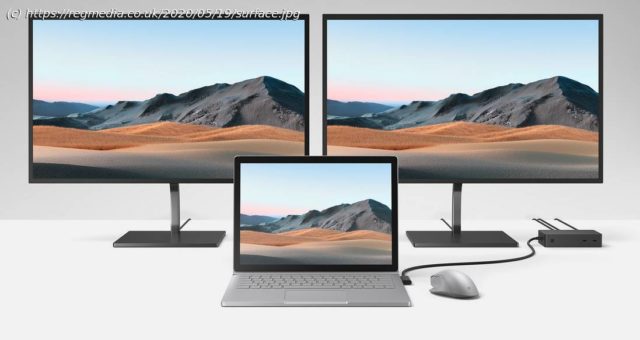Plus: Bye-bye Xamarin Forms, hello Multi-Platform App UI, for when Universal is not universal enough
Build As its virtual Build conference gets underway, Microsoft has unveiled Project Reunion, described as «our vision for unifying and evolving the Windows developer platform to make it easier to build great apps that work across all the Windows 10 versions.»
The history behind corporate veep for Developer Platform Kevin Gallo’s statement goes back to the introduction of Windows 8 in 2012 and its new tablet-friendly application platform, sometimes called «Metro» – though Microsoft liked to say «Modern».
Metro was not just about a new user interface, but also security sandboxing, store delivery, and an API called WinRT (Windows Runtime) that was intended to take over from the old Win32 API. Despite the failure of the Windows 8 concept, Microsoft did not abandon WinRT but instead evolved it into the Universal Windows Platform (UWP) for Windows 10 – «Universal» because it ran on multiple Windows platforms including the late and lamented (by some) Windows Phone, Xbox, and HoloLens.
The division of Windows into two platforms has been troublesome for developers, who have had the choice of sticking with Win32 for broad compatibility or adopting UWP to get the benefit of Microsoft’s latest for security, deployment, and UI design. Some Windows 10 APIs are UWP-only. The company has been trying for years to make the split more tolerable, adding broad access to the Win32 API for UWP and, on the Win32 side, coming up with things like XAML islands, which let you embed a bit of UWP into a Win32 application.
Gallo said it «will unify access to existing Win32 and UWP APIs and make them available decoupled from the OS, via tools like NuGet». The idea seems to be to create packages that enable access to a set of APIs from both Win32 and UWP. «This will provide a common platform for new apps.
Домой
United States
USA — software Project Reunion: Microsoft's attempt to tear down all those barriers it's built...






